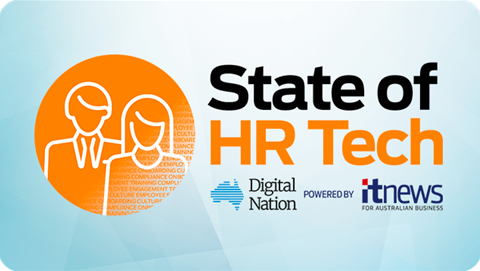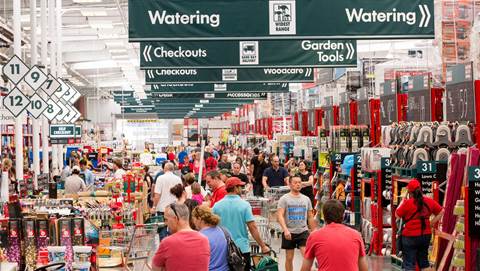TAFE NSW managed to replace over 1400 library laptops across its regional and remote communities as part of its IT asset refresh program.
The vocational education and training provider also saw a 75 percent rise in customer satisfaction after undergoing a technology fleet uplift that saw TAFE NSW deploy new end-user devices across its campuses.
Shivil Mathew was initially the program manager for IT asset refresh at TAFE NSW and has now taken on the position of CRM initiative lead since July 2023.
TAFE NSW’s technology refresh formed the largest asset refresh program it had done in the last 15 years and partnered with Dell Technologies to better support the needs of gaming and AI-focused studies.
“We have a very large fleet of technology across TAFE NSW. TAFE NSW is one of the largest training providers in Australia,” Mathew said.
“We have 430, 000 plus enrolments. We operate out of 157 campuses that are spread across all over the state of New South Wales and that comes with its challenges and complexities around how to maintain and update our fleet.”
Mathew said before the work TAFE NSW’s technology had been “aging over the years” and the upkeep program “purely focused on maintaining the fleet”.
“Also, the organisation changed since Covid where our people are working from anywhere across the state and they're all power users, which means they need better computing power on their computers.
“People were transitioning from a desktop to a laptop and we needed to make sure that our computing requirements for the organisation met the technology and standards we have at the moment.”
He said the organisation was able to secure $30 million for the technology overhaul.
After funding came through the team kicked off the project as part of its three-year strategic plan to uplift its digital technology.
Mathew said Dell was the strategic partner with “the challenge on this occasion was we needed to find the right product that suits our need in the current market.”
“We wanted to make sure the technology we are providing our staff was the best fit for purpose and meet the demand of those users. We also then wanted to make sure that the technology we put in classrooms is the best in its use case as well.”
He said Dell “was brought into that conversation” as well including the product team who provided options to ensure the TAFE’s needs were met.
“You can imagine 157 or so campuses across the state. We have about 40-45, 000 rooms across the state. So considerable footprint of landscape to cover and to get the device from Dell warehouse to campus and get the old ones out of the campus was a huge challenge.”
“We worked with our account directors and the team who are responsible for deployment and we have improved the service from about seven to eight different groups of people involved in a deployment of a device to a zero-touch.”
Mathew explained this meant “we were able to provide “an Amazon type of experience for our users where they would get a notification to say, hey, you're getting your device in 5 days.”
“Now, in terms of the deliverables, I believe previously the numbers were about 300 or so deployments done in a month and we increased that to about 2000 plus deployments in a month.
“That's a huge uplift in our processes and this is the first time that we trialled it.”
Mathew said the team recorded a customer satisfaction level of 75 percent adding that “Dell had to be agile and flexible about when we can access those rooms” for replacements.
“That's where we were able to plan the activities very clearly with our third parties and vendors in between.”
Mathew said TAFE NSW is committed to keeping assets up to date with funding talks still ongoing.
“In terms of what we have done, what we set up between TAFE NSW and Dell is a very strategic partnership at strategic placement of an offering that is zero touch … having a zero-touch enablement or deployment helps the organisation immensely.”
“Doesn't matter what we need to do, how many devices we need to get out that zero-touch … we can stand it up quite easily.
He added the program was able to be delivered “ five days earlier” than planned.
“These are devices for students in very regional communities. If not for TAFE, they have to travel at least four to five to the nearest education provider in some cases.”
“It's important to see the impact we as TAFE NSW have on those communities and just making sure that they have the digital skills, the digital technology that is needed to do these activities.
“We replaced 1400 plus library laptops in regional communities and remote communities, so it will be a very, very exciting phase for us to replace and update some of those technology and very remote communities that they face present.”



.png&h=140&w=231&c=1&s=0)

_(20).jpg&h=140&w=231&c=1&s=0)



_(26).jpg&w=100&c=1&s=0)

 iTnews Executive Retreat - Security Leaders Edition
iTnews Executive Retreat - Security Leaders Edition












_(1).jpg&h=140&w=231&c=1&s=0)



